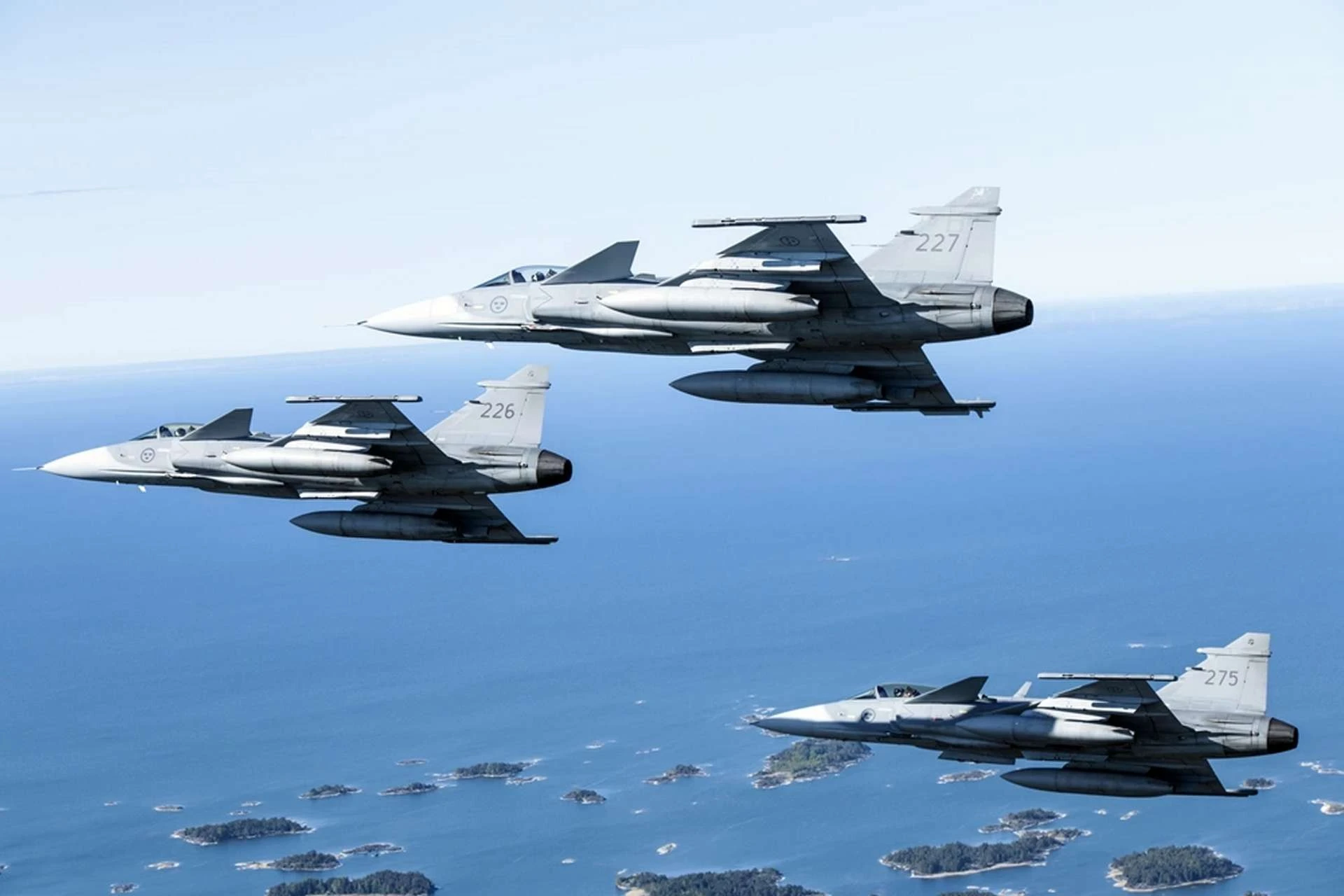From US Jets to Swedish Gripens

Defence and geopolitical spheres have paid close attention to Thailand’s latest choice to choose the Swedish-made Saab JAS 39 Gripen fighter jet above the American F-16 Fighting Falcon. This action reflects larger trends in international military cooperation, regional security issues, and changing allegiances within Southeast Asia as well as a question of defence acquisition. From US Jets to Swedish Gripens Although both aircraft are established platforms with decades of service behind them, Thailand’s choice shows a conscious turn that merits more investigation.
Combining cost-effectiveness, long-term maintenance, capabilities integration, and strategic autonomy, the Thai Air Force’s choosing procedure was based on Long known for its sophisticated avionics, multi-role capability, and somewhat low running cost relative to other fourth-generation fighters, the Saab Gripen Designed with network-centric warfare in mind, the Gripen allowed perfect integration into modern air defence systems and interoperability with NATO-aligned forces, unlike the F-16, which has experienced a number of changes over its service life.
The Royal Thai Air Force (RTAF) notes among its main benefits Sweden’s complete military package. Along with training, support infrastructure, and knowledge transfer, this covers not only the Gripen fighter delivery but also Erieye airborne early warning and control (AEW&C) system inclusion. Instead of depending on outside maintenance and logistics assistance, which has historically been a difficulty with US-origin platforms, this all-encompassing approach helps Thailand to develop more autonomous defence capacity.
The choice was much influenced by cost factors as well. Although the Gripen and F-16’s initial purchase prices might not be that different, their life-cycle expenses say otherwise. For a nation like Thailand, which must balance its defence budget with other national objectives, the Gripen’s fuel economy, simplicity of maintenance, and lower logistical footprint make it a more sustainable option. Especially in the varied terrain of Southeast Asia, the Gripen’s demonstrated ability to run from shorter runways and its tough design meant for quick turnaround also offer tactical advantages.
Strategically, the selection represents Thailand’s effort to diversify her defensive alliances. Although the United States has long been a classic friend, diplomatic ties have lately shown sporadic tensions. Bangkok’s military-led government has occasionally run afoul of Washington over questions of human rights and governance. Sweden’s armament sales, on the other hand, are sometimes seen as less politically invasive since they provide partners more internal sovereignty. With the Gripen purchase, Thailand may upgrade its air force free from political strings sometimes accompanying US military hardware transactions.
Furthermore, Sweden’s readiness to provide major industrial cooperation and perhaps local assembly or knowledge exchange perhaps sweetened the bargain. For strengthening local military sectors and lowering long-term reliance on foreign technology, such prospects are vital for rising economies like Thailand. Saab’s reputation with Thai defence planners was probably enhanced by its history of cooperative working with customer countries like Brazil and South Africa.
From a regional security standpoint, this purchase improves Thailand’s aviation capability in an area fast militarizing under development Rising tensions in the South China Sea and an increasingly aggressive China have Southeast Asian nations substantially funding modernizing their armed forces. Thailand’s deterrent stance is much improved by the Gripen, with its sophisticated radar systems, electronic warfare capability, and multi-role combat efficacy. It also conveys to both global powers and regional neighbours that Thailand is ready to pursue autonomous military strategy, so balancing Western and non-Western suppliers.
Although the United States shows respect of Thailand’s sovereign right to decide on its defence equipment, this action may represent a lost chance to strengthen military relations with one of its longest Asian allies. Using Foreign Military Sales (FMS) programs and providing strategic incentives, Washington has been aggressively advertising its defence weapons in the area. The F-16’s rejection, particularly in its most recent Block 70/72 form, could force the US to rethink how it interacts with friends whose political systems and strategic interests do not always coincide with its own.
This choice should not be seen, though, as a complete turn from the United States. Thailand keeps a diversified fleet including American, European, and Russian-originating systems and keeps engaging in joint military exercises with the US, including the yearly Cobra Gold exercise. Rather, the Gripen procurement shows Bangkok’s realistic attitude, seeking the finest capabilities at a reasonable cost while keeping strategic flexibility.
Finally, Thailand’s decision to acquire the Swedish Gripen instead of the American F-16 is a multifarious one influenced by operational, financial, political, and strategic elements. It draws attention to how defence procurement is becoming more complex in a multipolar environment where nations like Thailand are progressively active in determining their military destinies. Sweden’s victory in this instance emphasizes the need of providing thorough, flexible, and politically sensitive defence solutions even if the United States is still a major defence partner. The Gripen agreement marks not just a change in air capabilities but also a statement of strategic intent for Thailand, a wish to map a more self-reliant and diversified defence course in an uncertain global context.











